The Sony A7S III is the long-awaited successor to the popular A7S II, a camera that proved to be a great companion for video and low light shooting. The new model introduces a lot of improvements, making it one of the most compelling mirrorless cameras for video on the market.
The A7 III is one of the most popular Sony cameras to date and for good reason. Although the user target is different, you may wonder how these two full frame models compare. Let’s have a look at them now!
A7S III comparison previews:
A7S II vs A7S III – A7S III vs A7 III
What they have in common:
- 35mm format sensor
- E-mount
- continuous shooting speed of 10fps with AF/AE tracking
- mic input and headphone output
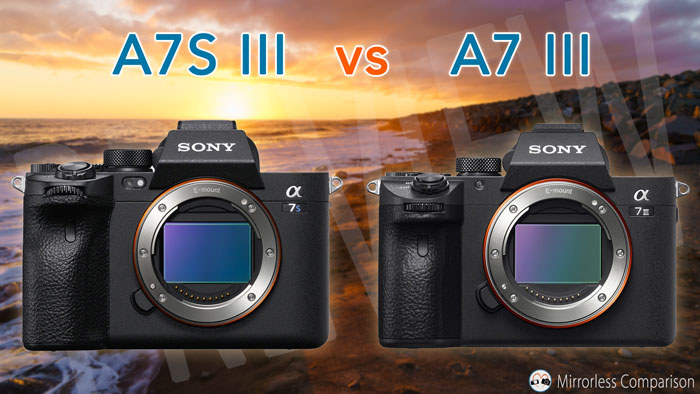
Ethics statement: The information found in this article is based on official specifications for the A7S III and our personal experience with the A7 III. We were not asked to write anything about these cameras, nor were we provided with any sort of compensation. Within the article, there are affiliate links. If you decided to buy something after clicking the link, we will receive a small commission. To know more about our ethics, you can visit our full disclosure page. Thank you!
1. Sensor
The A7S III features a 12.1MP sensor, which is a new version in comparison to the one found on its predecessor, the A7S II.
The A7 III on the other hand has double the resolution with 24.2MP. Both sensors are back-illuminated (BSI) and have a low pass filter.
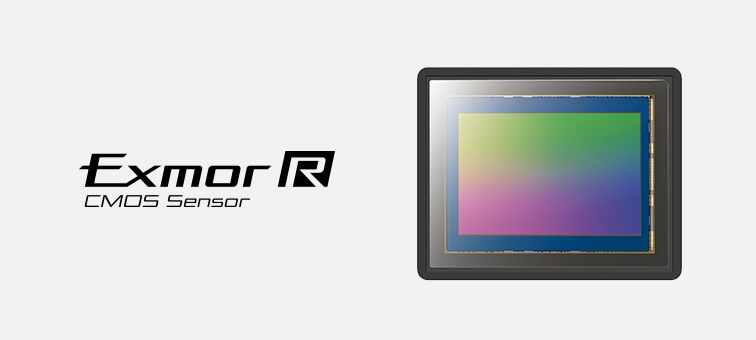
The larger pixels on the A7S III allow the new camera to have better high ISO capabilities:
- A7S III: 80 to 102400 ISO, expandable to 40 and 409600 equivalent ISO
- A7 III: 100 to 51200 ISO, expandable to 50 and 204800 equivalent ISO
The A7S III benefits from a new imaging processor, the BionZ XR, that is 8 times faster than the Bionz X engine found on the A7 III. The sensor readout has also been improved on the S model, so the new camera should have less rolling shutter than the A7 III.
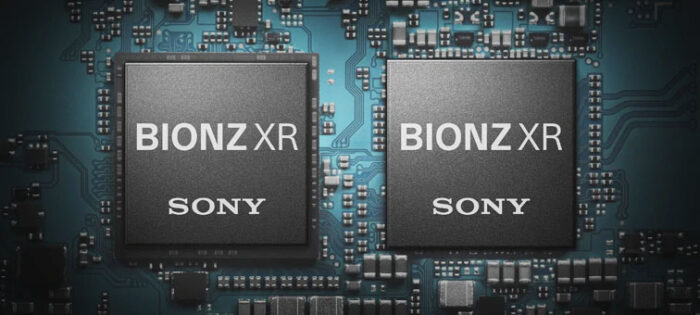
The A7S III also has a new HDR mode for still photography using the HEIF format that records 10-bit files with more dynamic range than traditional JPGs.
2. Auto White Balance
Not a lot to say here, but I found this new addition quite curious: the A7S III has a Visible Light and IR sensor to improve the auto white balance with artificial light sources such as led or fluorescent.
3. Video capabilities
The A7S III and the A7 III can record 4K video but the S model has much more to offer here.
The A7S mark III can record 4K up to 60 with the full width of the sensor, and 4K/120p with a small 1.1x crop.
The A7 III has a maximum of 30fps, with no crop at 24/25p and a 1.2x crop at 30p.
The internal recording is 4:2:2 10-bit on the A7S III, with a choice of IPB (H.264 or H.265) and All-I (H.264) compression for a maximum of 280Mbps (IPB) or 600Mbps (All-I). The A7 III does 8-bit 4:2:0 for a maximum of 100Mbps (IPB / H.264).
If you’re interested in external recording, the S wins again: there’s 10-bit 4:2:2 or 16-bit RAW video (up to 60p) coupled with the Atomos Ninja V recorder. The A7 III can output 8-bit 4:2:2 only. What’s more, the HDMI port is full size (type A) on the S, unlike the micro (type D) on the A7 III.
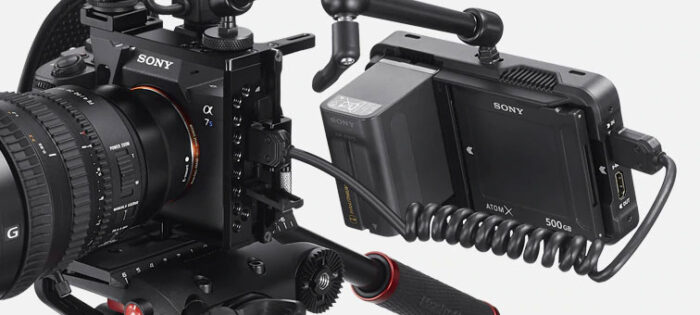
In Full HD the new camera can do 240fps whereas the A7 III does 120fps.
There is no recording limitation on the A7S III and the first reviews suggest there is no problem with overheating (the camera has a special heat dissipation structure to avoid such problems and it seems to work). The A7 III has the standard 30 minute limitation per clip.
4. Colours
With the A7S III, Sony has gotten rid of the Creative Styles and replaced them with Creative Looks. The advantage is that the Looks are designed for stills and video (the Styles are only for JPG stills) and they have more parameters to configure (8 vs 3 on the Styles). The idea is that the Looks can give you different colour profiles that are not as time consuming to configure as the more advanced Picture Profiles.

This is great news in my opinion because I’ve always thought that Sony cameras could use simpler profiles for video that are ready to use or require little post production. It looks like with the Looks, Sony has inaugurated its new generation of colour rendition, which they say has also been improved thanks to the new image processor.
Speaking of the Picture Profiles, they’re available on both cameras but Sony has made some tweaks on the A7S III. Notably the S.Gamut3 and S.Gamut3.cine have improved colour rendition to match more expensive camcorders such as the Sony FX9.
S-Log2 and S-Log3 gamma are available on both, as well as the HLG profile. With Log curves, the native ISO can be extended on the A7S III down to 160, whereas it doesn’t go below 640 ISO on the A7 III.
Additional read:
5. Autofocus system
Both cameras use a fast hybrid AF with contrast and phase detection points (the latter is a first in the S series).
The A7S III has a whopping 759 phase and 425 contrast detection points. The phase detection points are the highest of any Sony A7/A9 cameras as of now.
The A7 III has 693 phase points and the same number of contrast detection points. Despite the lower number, the phase points on the A7 III cover a slightly larger area of the sensor (93% vs 92%).
The low light sensitivity has also improved with -6Ev on the A7S model vs -3Ev on the A7 III (both measured at f/2).
Both cameras feature Eye AF that works for humans and animals in still mode, but only the A7S III has Eye AF for video (humans only) and Sony says it’s 30% more effective thanks to the new processor.
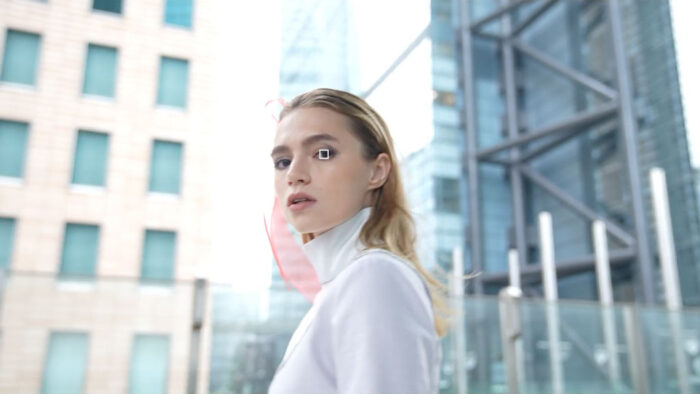
Finally the S model has revised settings to control the AF behaviour called AF Transition Speed and AF Subject Shift Sensitivity.
Additional read:
6. Stabilisation
On both cameras you will find 5-axis image stabilisation. The A7S III has a slightly higher rating of 5.5Ev in comparison to the A7 III (5.0Ev, CIPA standards).
Both mechanisms work for stills and video, but for the latter the A7S III introduces a new setting called Active Mode. It crops the sensor slightly (1.1x) and only works up to 4K 60p, but it is designed to make the footage more stable, reducing the wobbling effect we often see with IBIS cameras (especially when using a wide angle lens).
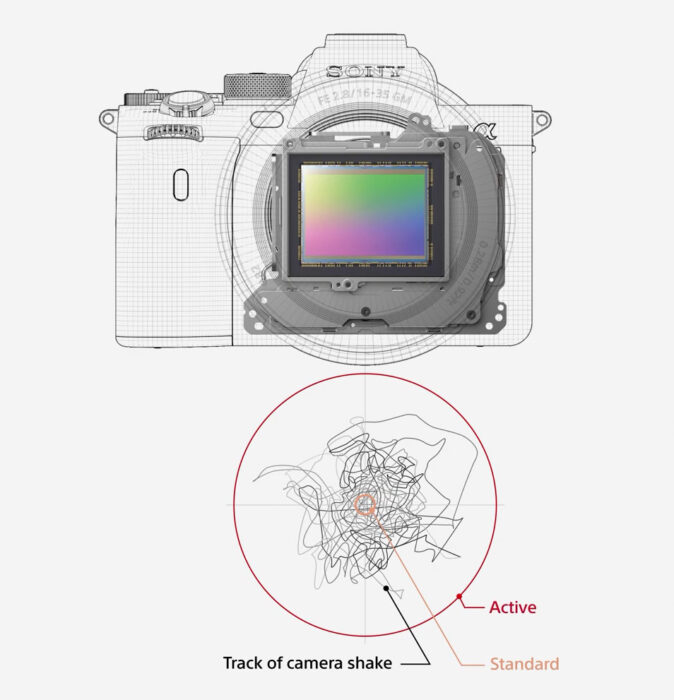
7. Design improvements
The A7S III inherits the same design seen on the A7R IV and A9 II (which I really like), with a few extra tweaks. This means bigger grip, bigger and more responsive buttons, and exclusive to the S model, a new position for the video recording button that is now located on top.
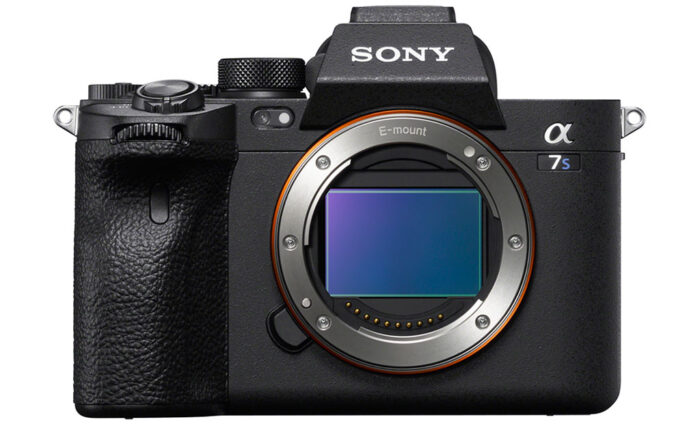
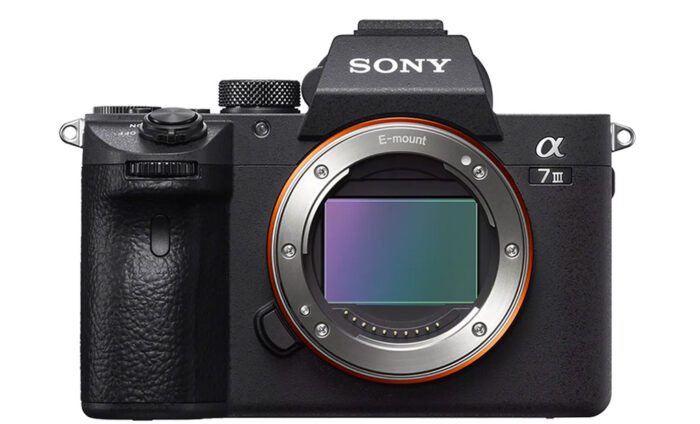
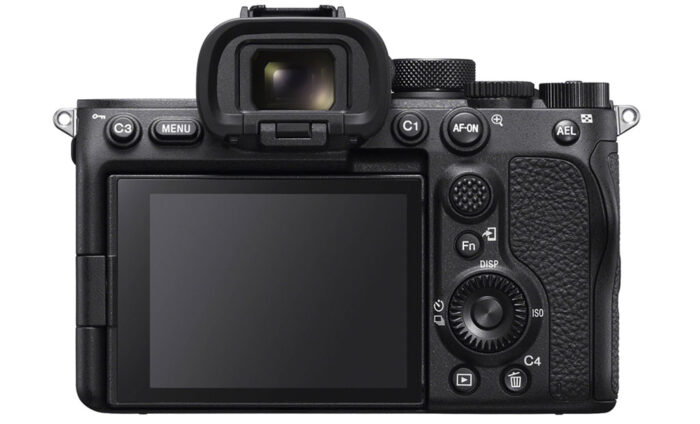
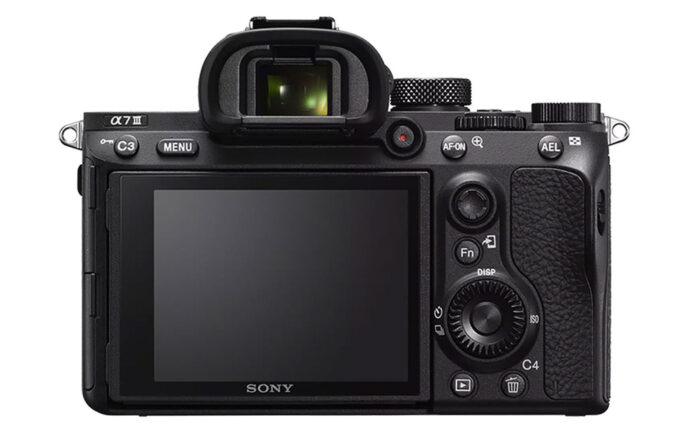
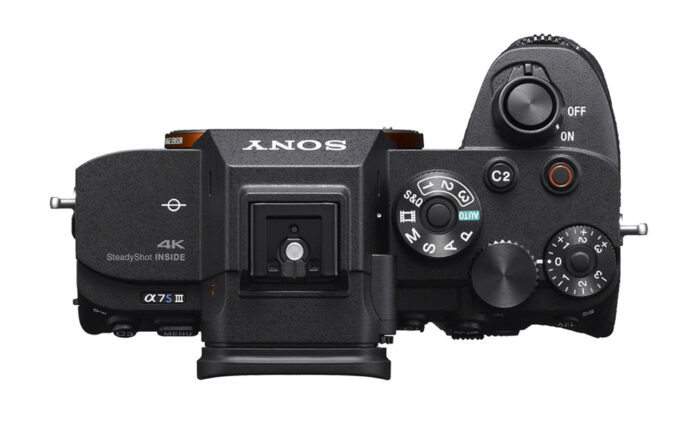
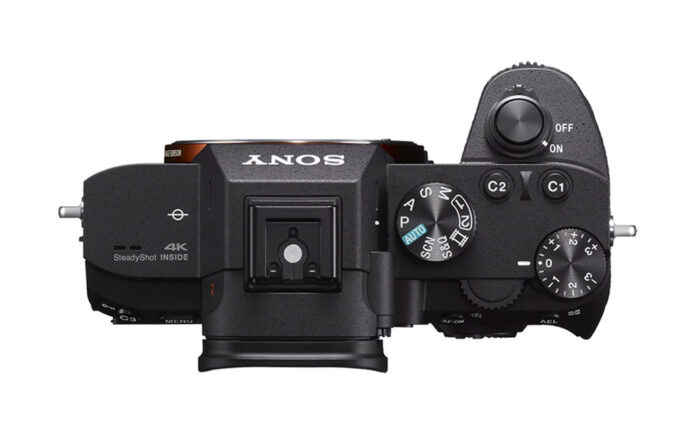
Both cameras are weather-sealed and the A7S III is a bit bigger so as to accommodate the heat dissipation structure.
You’ll find two card slots on each model, but the A7S III can take UHS-II SD cards in both slots (only slot 1 for the A7 III), and is also compatible with the new CFexpress Type A card that offers faster writing and reading speeds. You’ll need one of these if you want to record 4K 120p in All-Intra.
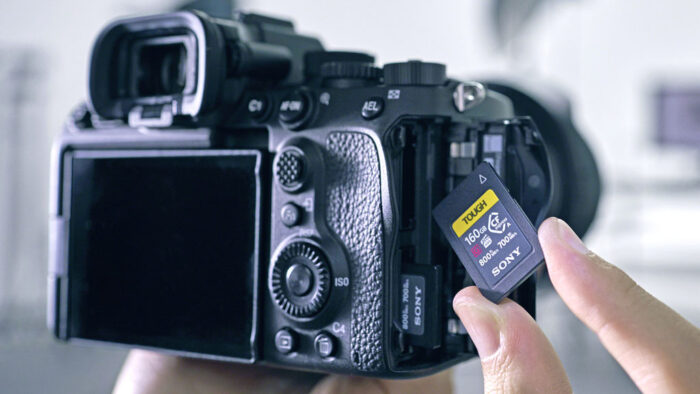
8. Viewfinder and Monitor
The A7S III introduces the first electronic viewfinder with 9.44 million dots. This is an impressive resolution, and one that I would have expected to see on models with more megapixels such as the A7R IV, but it’s here and it has other interesting characteristics. The largest magnification is 0.9x but you can adjust it and the eyepoint is long at 25mm so this is a camera that has been conceived with eyeglass wearers in mind, which is nice (I’m one of them!).
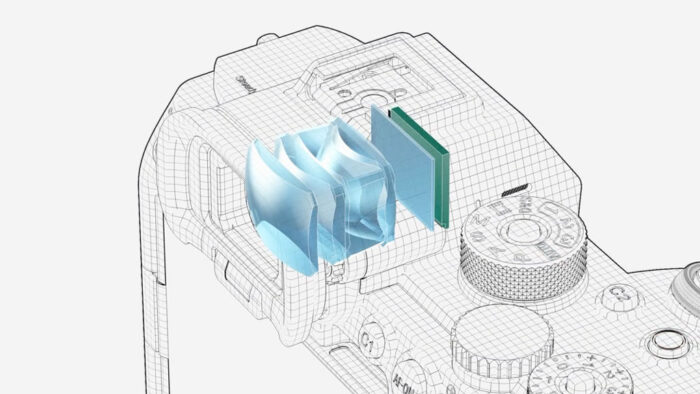
The A7 III has an older viewfinder with 2.36M dots, a magnification of 0.78x, an eyepoint of 23mm and a refresh rate of 60Hz (the A7S III goes up to 120fps).
Then we have the rear monitor, and I think some of you will be happy to hear that the A7S III has a multi-angle LCD screen, a first for the A7 / A9 series. You can open it to the side and rotate it 180˚, unlike the one on the A7 III that only tilts up or down.
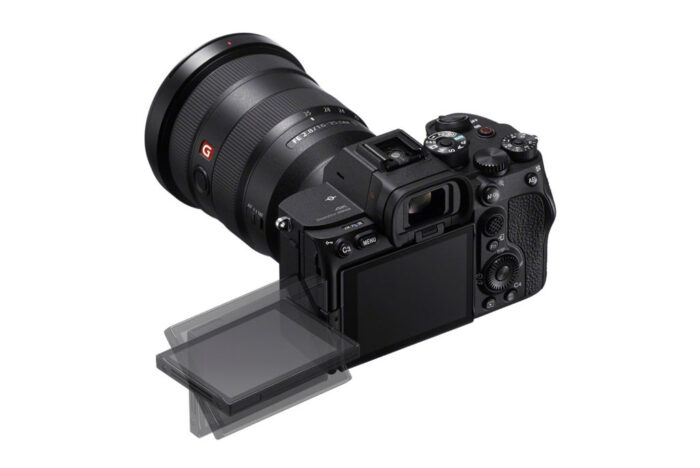
The LCD of the S model has more resolution as well (1.44M vs 0.9M dots) and touch sensitivity has been expanded: you can now navigate the menu, pinch to zoom in on your photos in playback mode, and more. On the A7 III, it merely serves the purpose of moving the focus point.
9. Menu
The A7S III has a new system, and it is an important re-design, much more than the small updates we’ve seen in the past. The organisation of the various categories, as well as the navigation itself, has changed. The main icons are on the left so that there is more space to go in the submenus while keeping the whole directory visible.
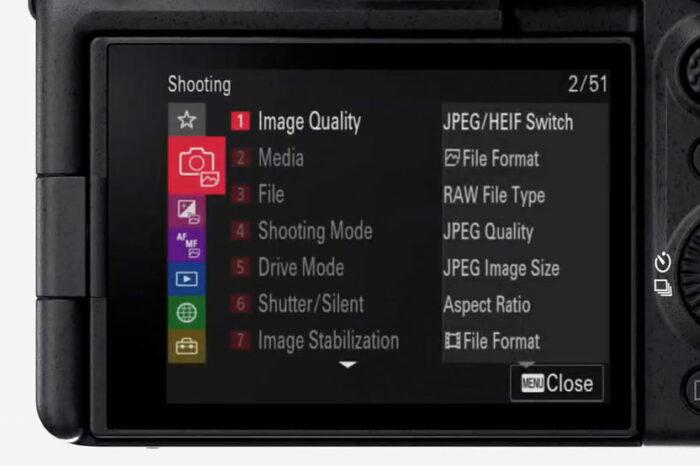
The available settings change depending on if you are in stills or video mode, so that you don’t have to scroll through unnecessary options. Custom buttons, Fn menu and My Menu can also be set independently for photos or video, and other settings like exposure can be separated too.
Other minor tweaks include a red border that appears on the LCD when you record video, giving you an extra visual confirmation.
10. Price
Of course we can’t conclude without mentioning the price, which is one of the main differences between the two cameras.
The A7S III is more expensive, starting from $3500 / €4200 / £3,800 for the body only.
The A7 III is now two years old and can be found for $1800, £1750 or €2000.
Note: prices as of July 2020. US prices are without tax.
Conclusion
It is clear that these two cameras have been designed for different things. The A7S III is a flagship model aiming at professional filmmaker whereas the A7 III is a jack of all trades to satisfy amateurs and pro alike. The price and age sets them further apart.
We’ve been using the A7 III for two years now, and it certainly is a great tool for photography and video, but it is starting to feel a bit old now concerning certain specifications, and video in particular needs a boost on the codec front.
The A7S III is Sony’s answer to the competition and to customers who have been waiting for ages for an A7S II replacement. And the wait was worth it because the specifications of this camera are everything a videomaker could ask for. And if 12MP are enough, it looks like a capable photography tool thanks to the new autofocus system, fast burst speeds and superb EVF.
Ultimately, it comes down to the price difference, and your needs concerning video. And I hope that some of the specs introduced on the A7S III can make it onto a future A7 IV.
Reminder: the links below are affiliate links. If you decided to buy something after clicking the link, we will receive a small commission.
Check price of the Sony A7S III on
Amazon | B&H Photo | eBay
Check price of the Sony A7 III on
Amazon | Amazon UK | B&H Photo | eBay
A7S III comparison previews:
A7S II vs A7S III – A7S III vs A7 III
Additional read:


